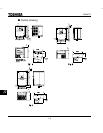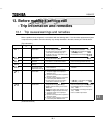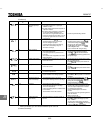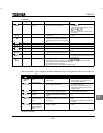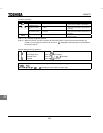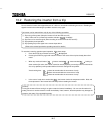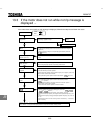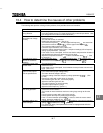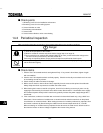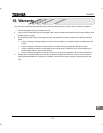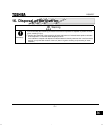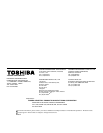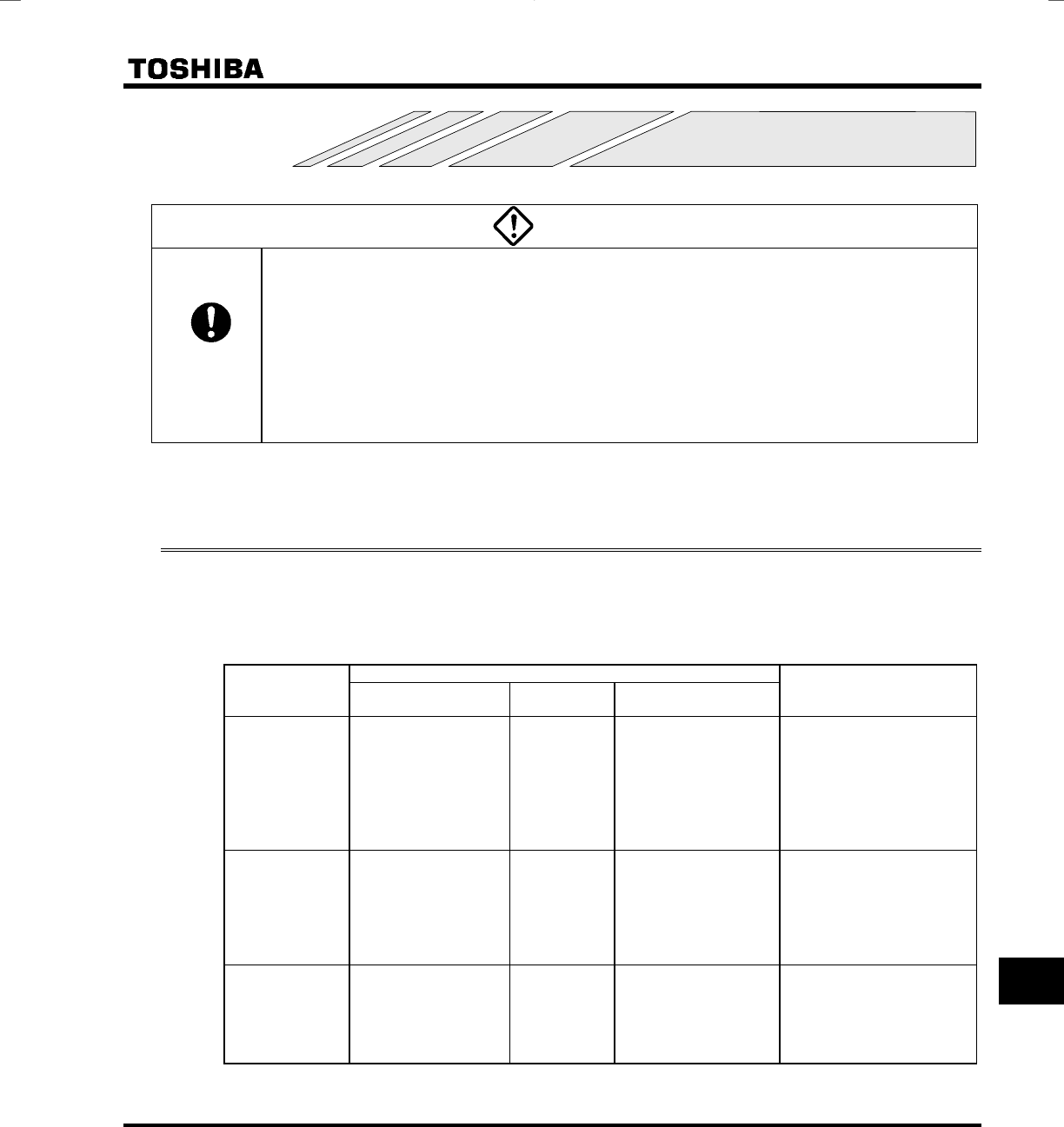
E6580757
N-1
14
14. Inspection and maintenance
Danger
Danger
Mandatory
• The equipment must be inspected every day.
If the equipment is not inspected and maintained, errors and malfunctions may not be discovered
which could lead to accidents.
• Before inspection, perform the following steps.
(1) Shut off all input power to the inverter.
(2) Wait for at least ten minutes and check that the charge lamp is no longer lit.
(3) Use a tester that can measure DC voltages (800V DC or more), and check that the voltage to the
DC main circuits (across PA-PC) does not exceed 45V.
Performing an inspection without carrying out these steps first could lead to electric shock.
• When using switchgear for the inverter, it must be installed in a cabinet.
Failure to do so can lead to risk of electric shock and can result in death or serious injury.
Be sure to inspect the inverter regularly and periodically to prevent it from breaking down because of the environment
of use, such as temperature, humidity, dust and vibration, or deterioration of its components with aging.
14.1 Regular inspection
Since electronic parts are susceptible to heat, install the inverter in a cool, well-ventilated and dust-free place.
This is essential for increasing the service life.
The purpose of regular inspections is to maintain the correct environment of use and to find any sign of failure or
malfunction by comparing current operation data with past operation records.
Inspection procedure
Subject of
inspection
Inspection item
Inspection
cycle
Inspection method
Criteria for judgement
1)Dust, temperature
and gas
Occasionally 1)Visual check, check
by means of a
thermometer, smell
check
1)Improve the environ-
ment if it is found to be
unfavorable.
2)Drops of water or
other liquid
Occasionally 2)Visual check 2)Check for any trace of
water condensation.
1. Indoor
environment
3)Room temperature Occasionally 3)Check by means of
a thermometer
3)Max. temperature: 40°C
(
50°C inside the cabinet
)
2. Units and
components
1
)
Vibration and noise Occasionally
Tactile check of the
cabinet
If something unusual is
found, open the door and
check the transformer, re-
actors, contactors, relays,
cooling fan, etc., inside. If
necessary, stop the opera-
tion.
1)Load current Occasionally Moving-iron type AC
ammeter
2)Voltage (*) Occasionally Rectifier type AC
voltmeter
3. Operation
data (output
side)
3) Temperature Occasionally Thermometer
To be within the rated cur-
rent, voltage and tem-
perature.
No significant difference
from data collected in a
normal state.
*) The voltage measured may slightly vary from voltmeter to voltmeter. When measuring the voltage, al-
ways take readings from the same circuit tester or voltmeter.



